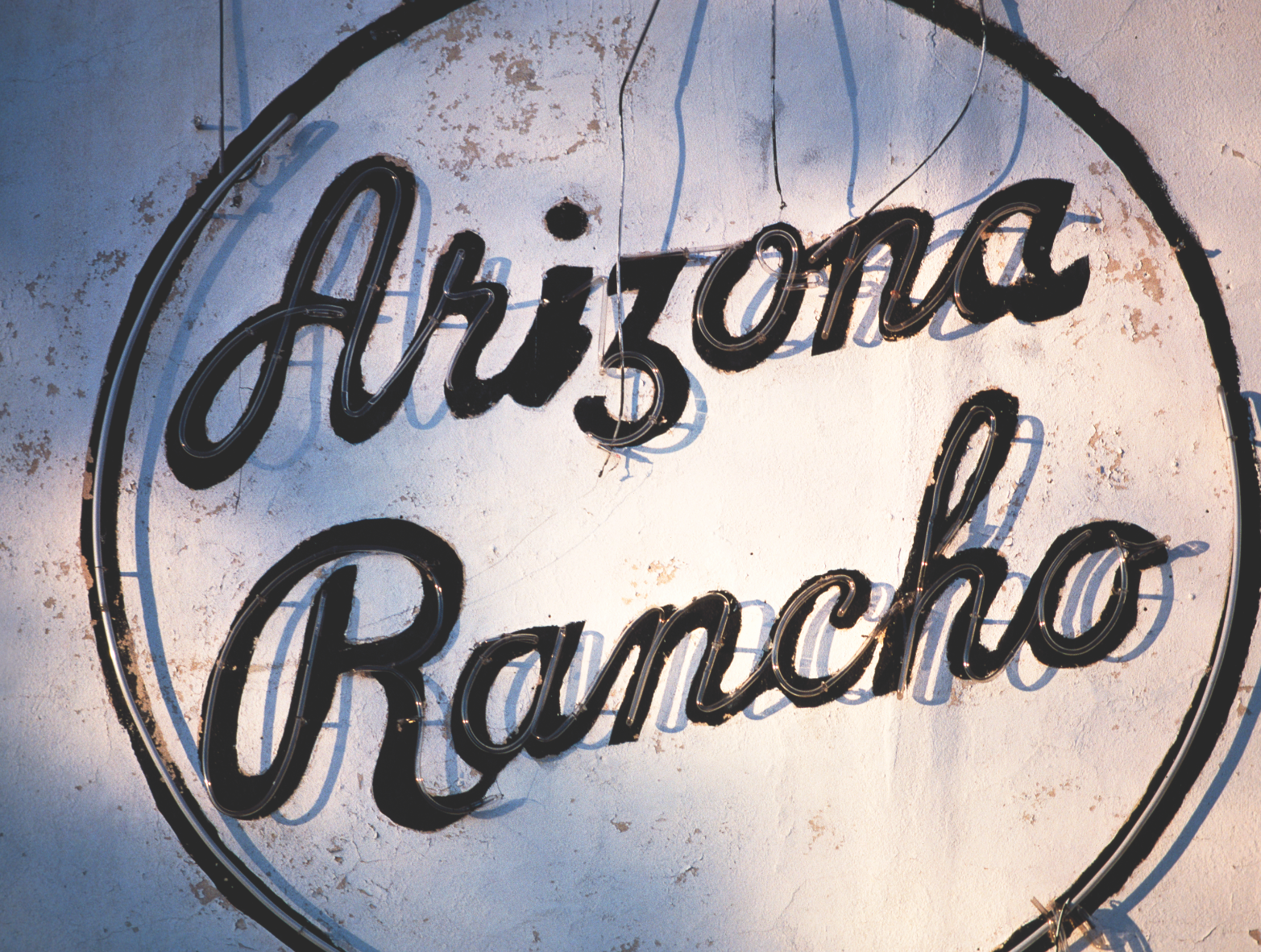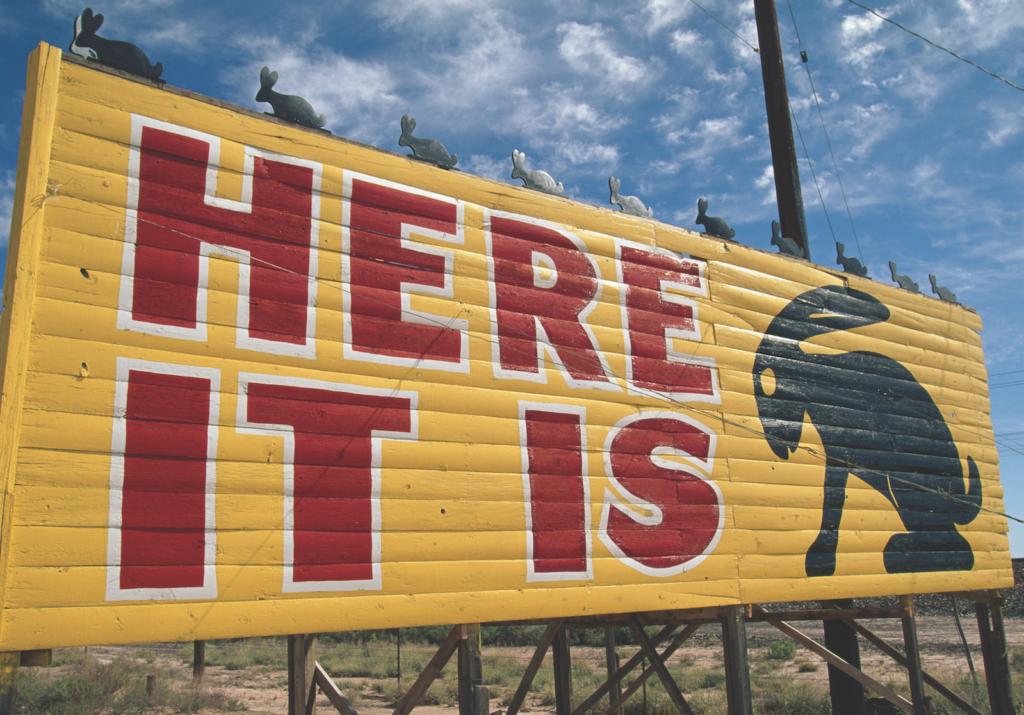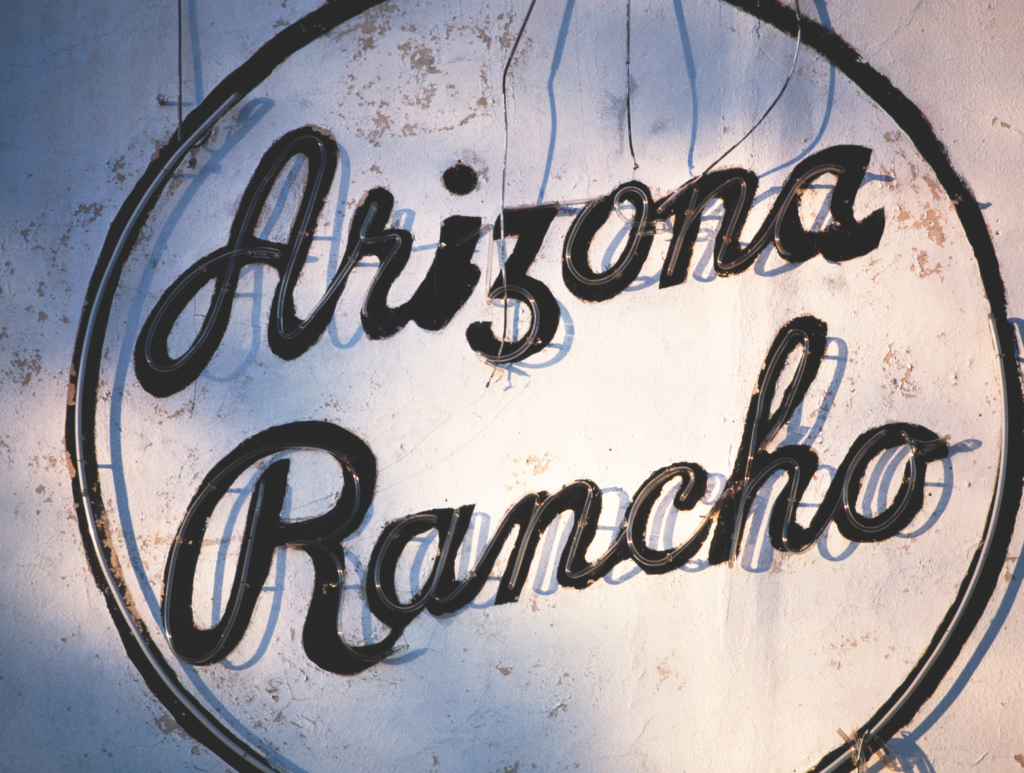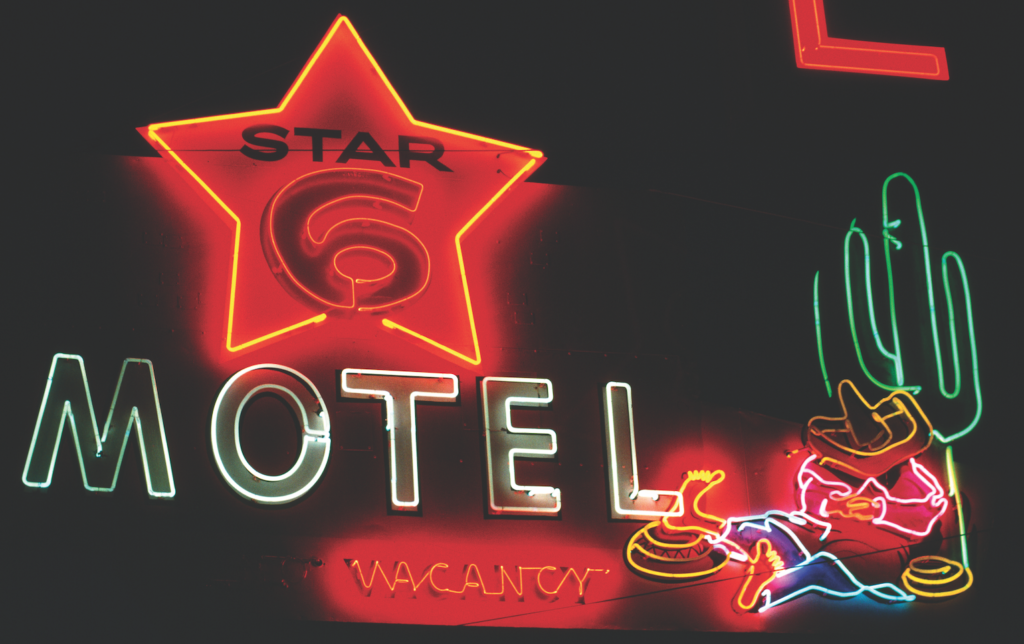Writer Amanda Christmann
Photography by Terrence Moore
[dropcap]I[/dropcap]f ever there were symbols of the American spirit, it would be the diners, service stations and stops along Historic Route 66. Now long past its heyday, the Mother Road’s place in history, and shadows and memories of the mid-century American soul remain.
The first road signs for the 2,448-mile route, which ran from Chicago, Illinois to Santa Monica, California, through Arizona, New Mexico, Texas, Oklahoma, Kansas and Missouri along the way, were erected in the dirt in 1927.
It was a year of innovation: Lindbergh piloted the Spirit of St. Louis through the first trans-Atlantic flight that same year, and “The Jazz Singer” opened in theaters, marking the end of silent film. The Holland Tunnel opened beneath the Hudson River, and the first trans-Atlantic telephone call was placed between New York and London.
With so much growth going on, the creation of the U.S. Highway System in 1926 seemed only logical. After all, soldiers had returned from World War I and the economy was booming. The nation was in the peaceful 18-year interwar period, and there seemed no better time to create the grid work for a nation.
Here in Arizona, Route 66 traversed 401 miles, putting towns like Holbrook, Winslow, Two Guns, Williams, Seligman, Peach Springs and Oatman on the map. Flagstaff was the largest town on the route, and it, too, benefited from the increase in traffic.
By the 1950s, baby boomer parents found a different kind of dream in Route 66: vacations. Since the road connected a large swath of the Midwest to the allure of Los Angeles, it soon became well-traveled by Ford Fairlanes, Chevy Thunderbirds, and a host of other powder blue and cherry red cars of the era.
The Painted Desert, the Petrified Forest, Grand Canyon and Meteor Crater became major tourist attractions, and themed motels, ice cream shops, “Indian” outposts and roadside animal attractions sprang up along the way. Arizona’s cowboys, Native Americans, saguaros and lore of the West became bawdy icons.
Today, though the Mother Road has been replaced in large part by interstate highways, many of the neon signs, mom and pop motels, including the “sleep in a tee pee” Wigwam Village in Holbrook, and eclectic diners remain.
Noted photographer Terrence Moore has spent much of his life documenting the Southwest. His photographs of sights along America’s most well-known road form the imagery for his and author Michael Wallis’s “Rte. 66: The Mother Road.”
We are excited to share a few of these photographs in Images Arizona magazine. How many of these Arizona symbols of bygone days can you identify?
Route 66 Facts: Did You Know …
U.S. Route 66 became the first completely paved highway in 1938.
The steep, hairpin turns near Oatman made up the most imposing section of the route. Travelers often hired locals, who were eager to earn a buck, to help them navigate the road through the Black Mountains.
John Steinbeck is credited for creating the moniker “The Mother Road,” a term he used in his novel, “The Grapes of Wrath,” in 1939. The name has endured for decades.
During the 1960s, throngs of disenchanted young people, lured by hippie counterculture of the West, packed into microbuses or hitched rides along Route 66. They, too, influenced the people and towns along the way, many of which became havens for artists and dreamers.
Construction I-40 spelled the end of an era for Route 66, and for Arizona. When the final stretch of highway near Williams was decommissioned in 1984, the American Association of State Highway and Transportation Officials decertified it—effectively making it cease to exist in all but remnants and history books.
In 1999, former President Bill Clinton signed the National Route 66 Preservation Bill, providing $10 million in grants to restore and maintain the historic features along Route 66.
About the Photographer
Terrence Moore is originally from northern Minnesota. As a child, he moved with his family to northern California where he fell in love with the desert. Years later, he made his way to Arizona—a place he has called home for much of the past 45 years.
Having grown up along Route 66, there is something about the Mother Road that has always resonated with Moore.
“I went to high school on it and lived on it or right off it many times,” he says. “It just is a part of who I am. If a road can feel like home, Highway 66 represents that for me.”
“Rte. 66: The Mother Road” is one of several books Moore has illustrated with his photography. He has an eye for the large and small details that bring history to life. From neon signs to kitschy dinosaurs, he has captured a disappearing era worthy of preservation.
“I’m happy to have my new book to share some of my experiences and places that grabbed my eye over the past 50 years,” he says. “It is a National Historic Highway and will soon become a National Historic Trail. It has charisma and will undoubtedly live on and on.”
schaffnerpress.com










Comments by Admin